One of Canada’s few remaining steam-powered paddlewheelers is getting an escape room.
The SS Klondike National Historic Site is perched along the Yukon River waterfront next to the Millennium Trail in downtown Whitehorse, within the traditional territories of the Ta’an Kwäch’än Council and Kwanlin Dün First Nation.
“This experience brings you back to the fateful June of 1936, when disaster struck,” reads a July 4 statement from Parks Canada. That’s when the SS Klondike I, the largest steamship in the Yukon, hit a sand bar on the mighty Yukon River, ultimately succumbing to its waters.
“The mission? Racing against the clock to escape the sinking vessel before the river’s icy waters claim yours and your team’s lives. The fate of your survival lies in your hands!”
READ MORE: Fastest freighter in the Yukon shares riverboat history from new home in Carcross
The escape room will be located in one of the newer buildings on site, opening the week of July 10.
The vessel is also due for restoration work that’s expected to take multiple years to complete, according to Tyler Wilson, a senior project manager with Parks Canada.
The exact timeline for the work is unknown.
A June 30 release describes the restoration as a way to protect and conserve “national treasures” while supporting local economies and tourism growth.
READ MORE: Walkway, signs planned for West Dawson paddlewheel graveyard
The national historic site is intended to commemorate inland water transportation in the Yukon, according to the site’s 2022 management plan. Indigenous peoples used the waterways long before and after the first steam-powered riverboat made its way up the Yukon River. From the arrival of paddlewheelers in the 1860s until the 1950s, riverboats served as the main link between the Yukon and the rest of the world.
The first SS Klondike was built in 1929 by the British Yukon Navigation Company. It ran aground in 1936. A similar vessel, launched in 1937, was rebuilt from parts of the original vessel. The second vessel became obsolete in 1955, after the highways to Dawson City and Mayo were constructed. Parks Canada acquired the vessel in 1960. It was later moved upstream of the Whitehorse shipyards and designated as a national historic site in 1967.
Wilson said the latest restoration project involves two avenues of work: lead paint abatement and structural work.
READ MORE: All aboard! Train traces the epic Klondike journey
Although it hasn’t been a problem so far, Wilson said lead paint is a health and safety issue given it could potentially shed into the environment. Addressing the lead paint also serves as a prerequisite for the structural work by allowing that work to occur in a safer manner.
The intent is to replicate what exists and keep the vessel looking nearly identical to its current form to accurately reflect its past, Wilson said.
The Parks Canada statement indicates the federal government is putting $3.8 million into the conservation work.
Parks Canada will continue to provide visitor opportunities, such as guided tours, as conservation work allows. Learn more and plan your visit at parks.canada.ca/lhn-nhs/yt/ssklondike
Plan your adventures throughout the West Coast at westcoasttraveller.com and follow us on Facebook and Instagram @thewestcoasttraveller. And for the top West Coast Travel stories of the week delivered right to your inbox, sign up for our weekly Armchair Traveller newsletter!

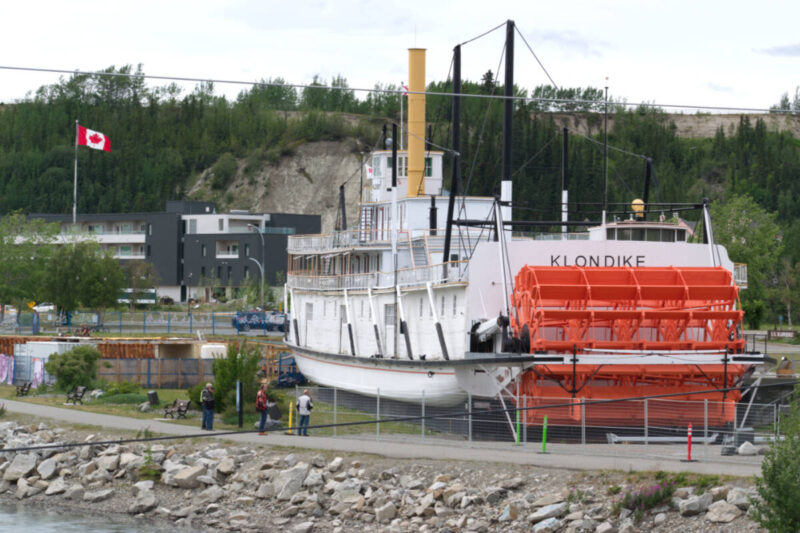
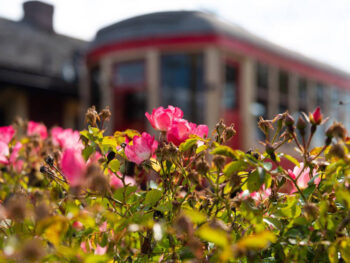



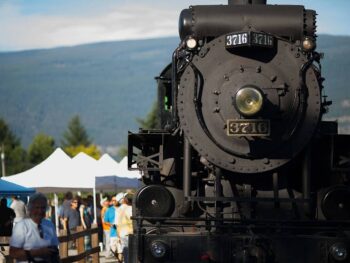


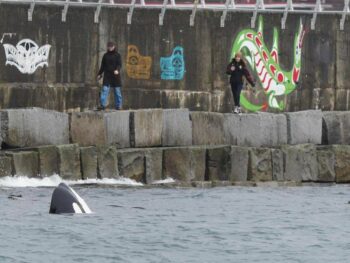
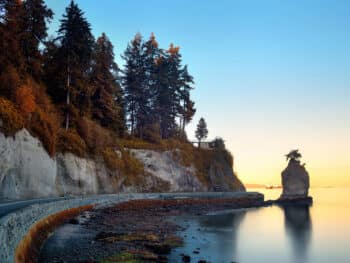
 Vancouver Island marmot makes marathon journey looking for love
Vancouver Island marmot makes marathon journey looking for love